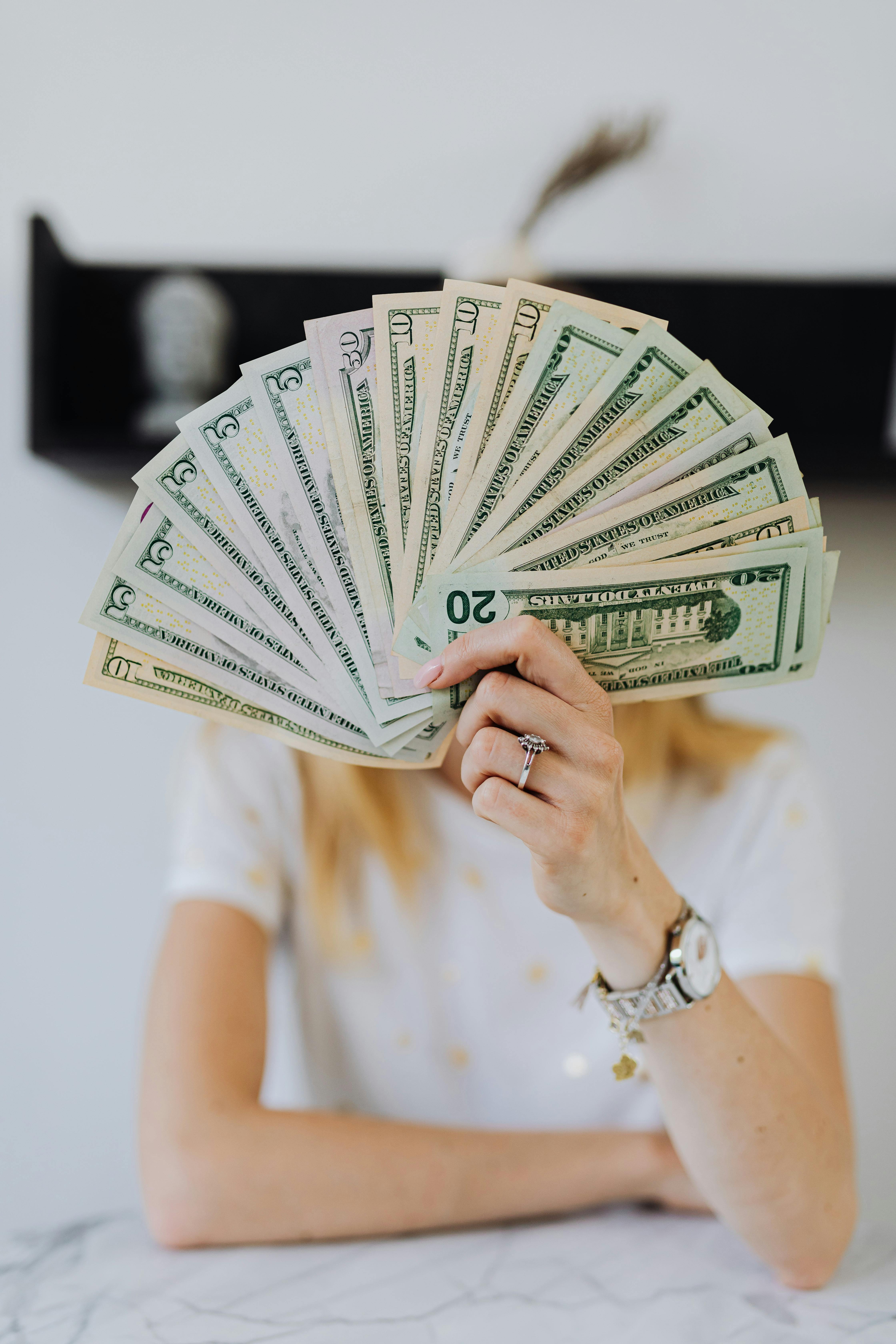Effective Ways to Remove Black Mold in Your Home: A Comprehensive Guide for 2025
Black mold is a common and dangerous problem in many homes, with potential health risks including allergies and respiratory issues. Understanding how to remove black mold effectively is essential for maintaining a healthy living environment. In this article, we will explore various methods, products, and preventive measures to tackle mold growth in your home, ensuring your indoor air quality is protected.
This guide will delve into emblematic mold removal techniques, from DIY solutions to professional services, emphasizing safety throughout the cleaning process. By the end of this article, you will have a well-rounded understanding of how to approach mold remediation effectively.
We will cover the following key areas: identifying black mold and its signs, effective mold removal methods, cleaning solutions for various surfaces, necessary cleaning supplies, and mold prevention strategies to keep your home free from mold in the long run.

Identifying Black Mold and Its Signs
Before embarking on black mold removal, it is crucial to identify its presence in your home. Mold spores thrive in damp environments, typically appearing as black or dark green spots. Common areas to inspect include bathrooms, basements, and around windows where moisture often settles.
Signs of Mold Growth
Recognizing the signs of mold growth can help you take action before it becomes a bigger problem. Look out for:
- Visible mold patches on walls or ceilings.
- A musty smell that permeates your home.
- Water stains on ceilings, walls, or floors.
- Unexpected allergic reactions among family members.
Health Risks of Mold Exposure
Mold exposure can lead to various health issues, especially for individuals with respiratory conditions or mold allergies. Symptoms may include sneezing, coughing, and skin irritation. Understanding these risks reinforces the importance of effective mold removal and remediation practices.
Common Sources of Mold Growth
Mold thrives in damp, humid environments. Identifying sources of moisture—such as leaks, poor ventilation, or humidity—can help you prevent mold growth in the first place, even before using cleaning black mold solutions.
With these fundamental insights into identifying mold, we can transition to effective mold remediation strategies that can either be implemented at home or executed by professionals.
Effective Mold Removal Techniques
After identifying black mold, the next step is to choose effective removal techniques. Several methods can be utilized based on the severity of the mold infestation and the surfaces affected.
DIY Mold Removal Strategies
Many homeowners prefer DIY methods for managing mold growth. Common approaches include:
- Vinegar for Mold: White vinegar is an effective, natural mold remover. Spray it on the moldy surface without rinsing to keep it protected from future mold growth.
- Bleach for Mold: While bleach can kill mold spores, it may not prevent mold from returning. Mix one cup of bleach with a gallon of water, apply it to surfaces, and allow it to sit for ten minutes before rinsing.
- Commercial Mold Removal Products: There are various sprays and solutions available that specialize in mold removal, combining effective ingredients tailored for various surfaces.
Professional Mold Remediation Services
If the mold infestation is severe or extensive, hiring a professional mold removal service may be the best option. These experts have the necessary equipment, training, and techniques to safely handle mold remediation, ensuring thorough cleaning and reducing the risk of future mold growth.
Cleaning Mold from Different Surfaces
Different surfaces require specific cleaning methodologies:
- Removing Mold from Walls: Use a sponge or cloth with your chosen cleaning solution. Make sure to scrub gently to avoid damaging the wall surface.
- Dealing with Mold in Bathrooms: Regularly inspect tile grout and caulking as these areas often harbor mold. Use a mildew remover specifically designed for bathrooms.
- Cleaning Mold from Fabric: For fabric items, check washing machine settings that can effectively kill mold spores or consider using natural mold removers like hydrogen peroxide.
Transitioning from removal efforts, understanding how to maintain a mold-free environment is crucial for preventing future infestations.
Mold Prevention Strategies
Mold prevention is as essential as removal. Establishing effective mold prevention strategies can help maintain a healthy indoor atmosphere.
How to Prevent Mold Growth in Your Home
To control mold growth, consider the following approaches:
- Maintain Humidity Levels: Keep indoor humidity levels between 30% and 50%. Use dehumidifiers in damp areas, such as basements.
- Improve Ventilation: Ensure proper air circulation by using exhaust fans in bathrooms and kitchens. Open windows to help with airflow when weather permits.
- Repair Water Damage Promptly: Address any leaks or water damage immediately to prevent mold spores from settling into damp surfaces.
Utilizing Mold Resistant Materials
When renovating or building, consider using mold-resistant paints and materials. This can provide a long-term solution to prevent mold growth in unavoidable damp areas.
Establishing a Routine for Mold Inspection
Regular inspections of high-risk areas (like bathrooms and basements) can help catch mold growth before it becomes problematic. Use a moisture meter to assess dampness in wood and other materials as a prevention method.
After exploring mold removal and prevention, we should address commonly asked questions regarding the effective management of mold in homes.
Common Questions About Mold Removal
1. What’s the best method for black mold removal?
The most effective way to remove black mold often depends on the area affected. For minor infestations, a mixture of vinegar and water can be applied directly. For larger growths or complicated areas, professional services are recommended.
2. Is bleach effective for mold removal?
While bleach kills surface mold, it doesn’t penetrate porous materials effectively. It can also be harmful to health and the environment, so alternative solutions like vinegar or commercial products are often preferred.
3. How can I prevent mold from returning after removal?
Ensuring proper humidity control, ventilation, and regular inspections of areas prone to moisture can significantly help in preventing mold from returning after initial removal.

Conclusion: Prioritizing Mold Safety in Your Home
Addressing black mold in your home is crucial for maintaining both health and safety. By understanding how to identify mold, implementing effective removal techniques, and adopting preventative strategies, you can protect your family from the harmful effects of mold exposure.
Regular cleaning, moisture control, and periodic inspections are fundamental practices that can keep your home and indoor air quality safe. For those unsure where to begin or dealing with extensive mold issues, seeking expert mold remediation services can offer peace of mind and thorough solutions.
